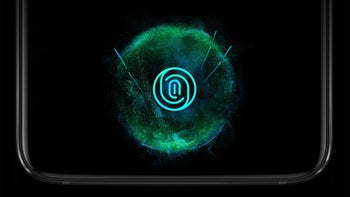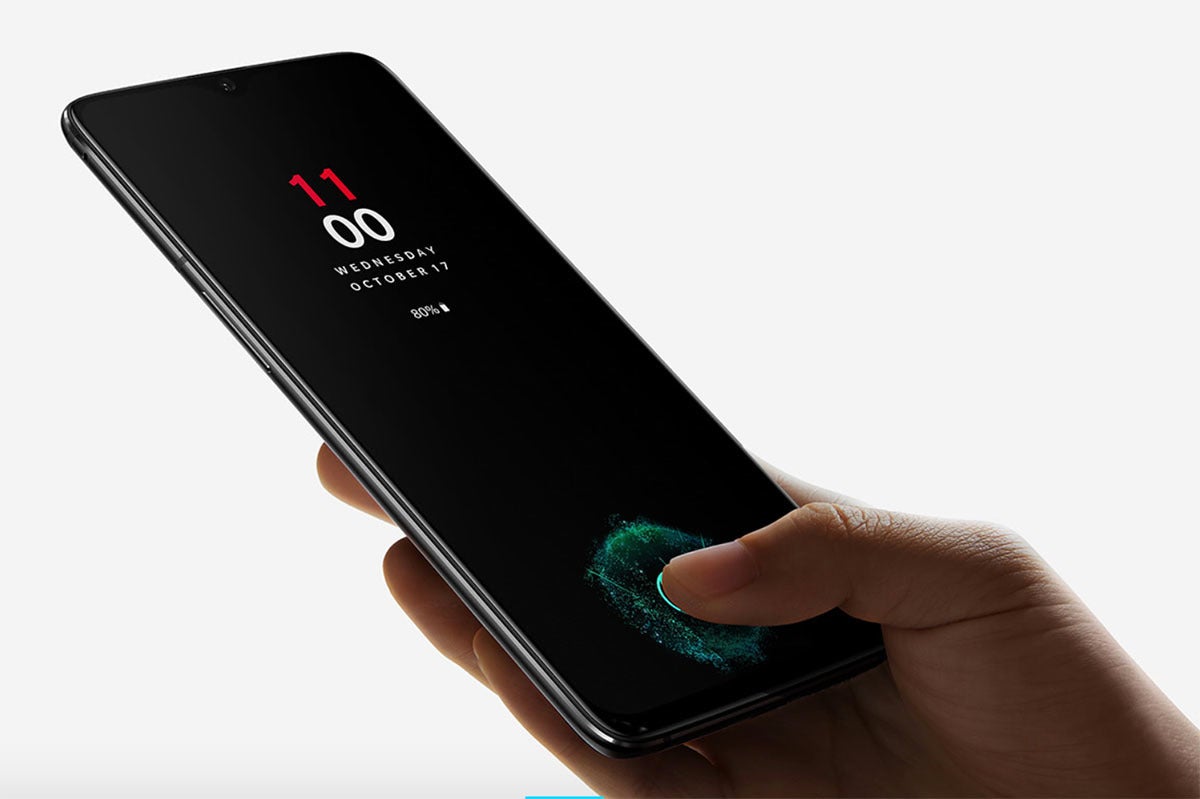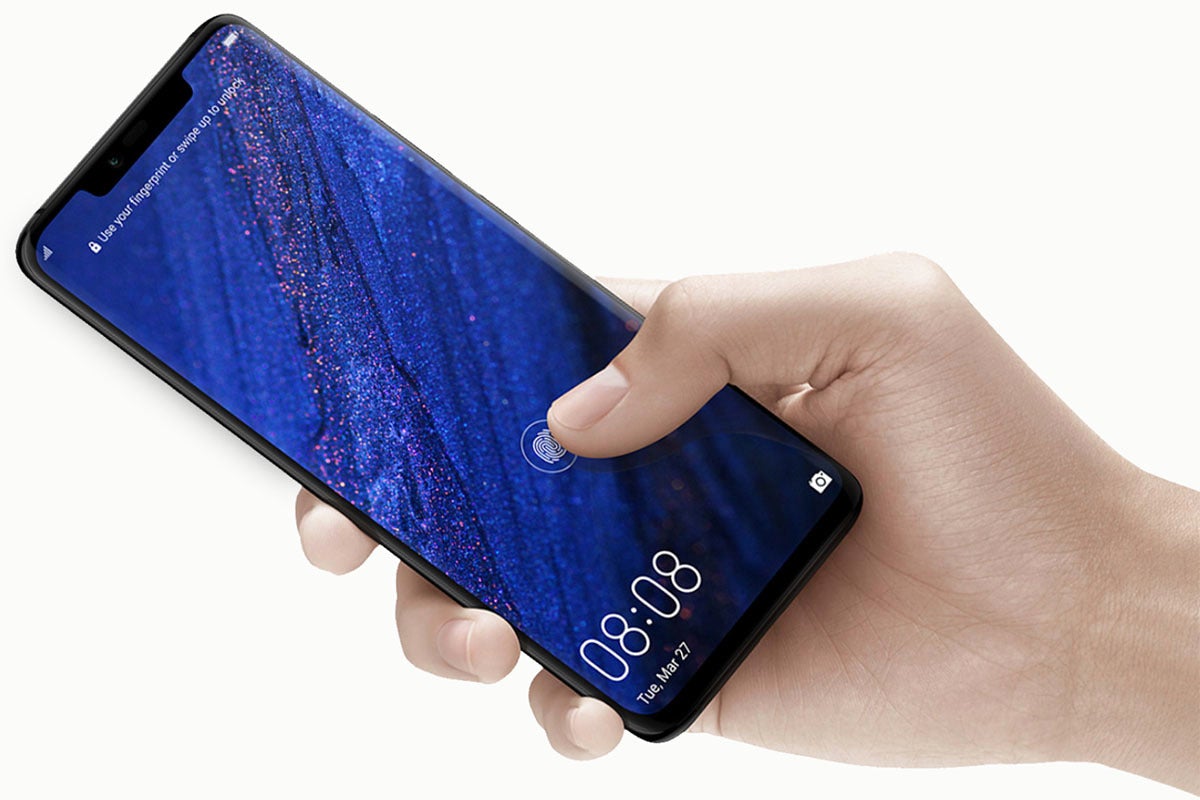In-screen fingerprint scanners are not good enough yet
This article may contain personal views and opinion from the author.

In-screen fingerprint scanners are the technology of the future... or are they?
In the past few years, fingerprint scanners have moved quite a lot. From their original – and probably most convenient – position below the display, manufacturers have started placing them more and more in different spots on the back of phones, then on the side of the phone, and finally, in late 2018, for the first time, we saw fingerprint scanners embedded inside the display.
These in-screen fingerprint scanners allowed phone makers to do away with big bezels and create truly exciting phones with a display that would stretch all the way from edge to edge. The fingerprint readers themselves are exciting technology, penetrating through the glass of the screen to read the intricate ridges of your fingerprint, recognize whether the scan matches yours and unlock the phone in a split second.
Needless to say, I was eager to try this new technology out for the first time this year with the Huawei Mate 20 Pro. A bit later, OnePlus also adopted an in-screen fingerprint scanner in its newest OnePlus 6T, which has been my daily driver in the past couple of weeks.
Where are we now?
In-screen fingerprint scanners work under a very specific set of conditions

The OnePlus 6T with its in-screen fingerprint scanner has been my daily driver in the past few weeks
And after all this time with the world's first phones with in-screen fingerprint scanners, one thing is clear to me: this technology is nowhere nearly as effortless and accurate as a traditional fingerprint scanner, and it left me frustrated too many times.
Let me elaborate: on the OnePlus 6T that I am currently using, the in-screen fingerprint does unlock the phone most of the time, but you really need to have all your attention focused on the phone and hit the sensor at just the right spot and angle. To make it extra clear: this technology works mostly well under those conditions. But – for good or worse – our phones have become such an intricate part of our lives that we unlock them to check what's going on tens and possibly hundreds of times each DAY. A good chunk of those attempts are while we are distracted, in a hurry, on the go, or whatever it is: point is, many times we try to unlock our phones as we are doing something else.
Left me frustrated too many times
And it is those times that one gets particularly frustrated with these in-screen fingerprint scanners: way too often, you don't quite hit the spot perfectly, or you don't quite press the sensor with enough force (in-screen fingerprint scanners require you to press a bit harder on the sensor), or whatever it is, but instead of unlocking the phone, you see the animation rolling and nothing happening. You try again, and it may or may not work. And sometimes, you try three or more times. And sometimes nothing helps and it just does not work, and you need to input your code. This is not happening every time you try to unlock, but it is certainly happening every day.
And I am not even covering the annoying screen flare at night: these new optical sensors actually light up your finger to get a reading, and at night, this means that the screen of the phone will light up right in your face in the complete darkness, and there is nothing you can do about it.
Will in-screen fingerprint scanners improve?
Not ready for the prime time... yet

The Mate 20 Pro also uses an in-screen fingerprint scanner
So... this is my experience with this generation of in-screen fingerprint scanners. I have used the OnePlus 6T and the Huawei Mate 20 Pro, and find the performance of the in-screen fingerprint sensors in both phones to be similar. That is to say, not good enough.
I, as everyone else, enjoy futuristic technology, edge-to-edge screens, and all the other undeniably cool things that come with in-screen fingerprint scanners, but the speed and accuracy are just not there yet. And while on the Mate 20 Pro, you can switch to face recognition which works quite flawlessly, on the OnePlus 6T, the face recognition is not very reliable in low light conditions, so you end up having a worse experience than with earlier phones that use a traditional fingerprint scanners.
Does this spell doom and gloom for in-screen fingerprint scanners in the future? I am optimistic that it does not. Samsung, the biggest phone maker in the world, is expected to implement a brand new type of in-screen fingerprint scanner, one based on ultra-sonic technology, in the newest Galaxy S10 flagship series coming up in early 2019. And that might just be the breakthrough moment for in-screen fingerprints.
What are you thoughts about the in-screen fingerprint readers on the OnePlus 6T or Mate 20 Pro? Have you used them? And are you satisfied with them? Let us know in the comments below.










Things that are NOT allowed: